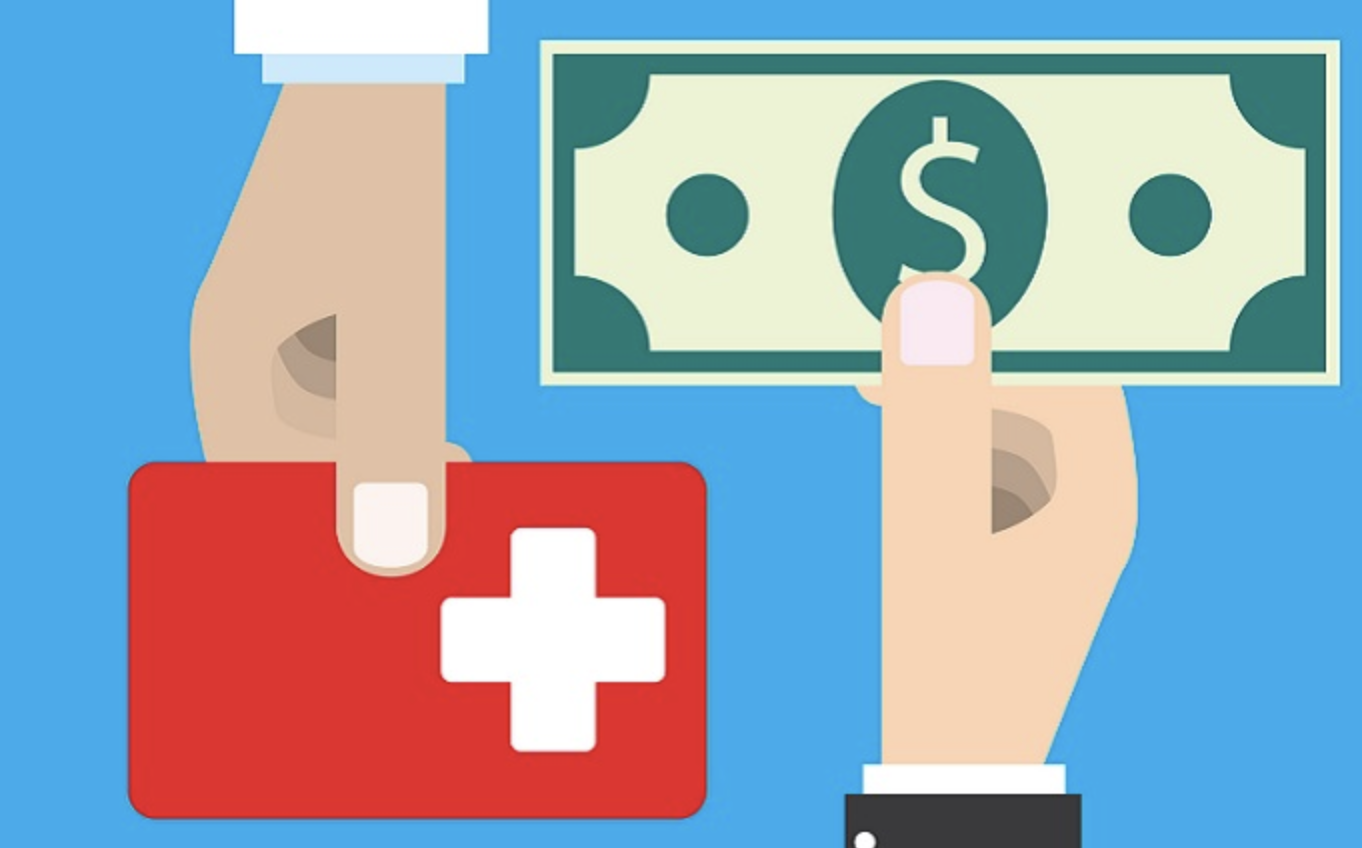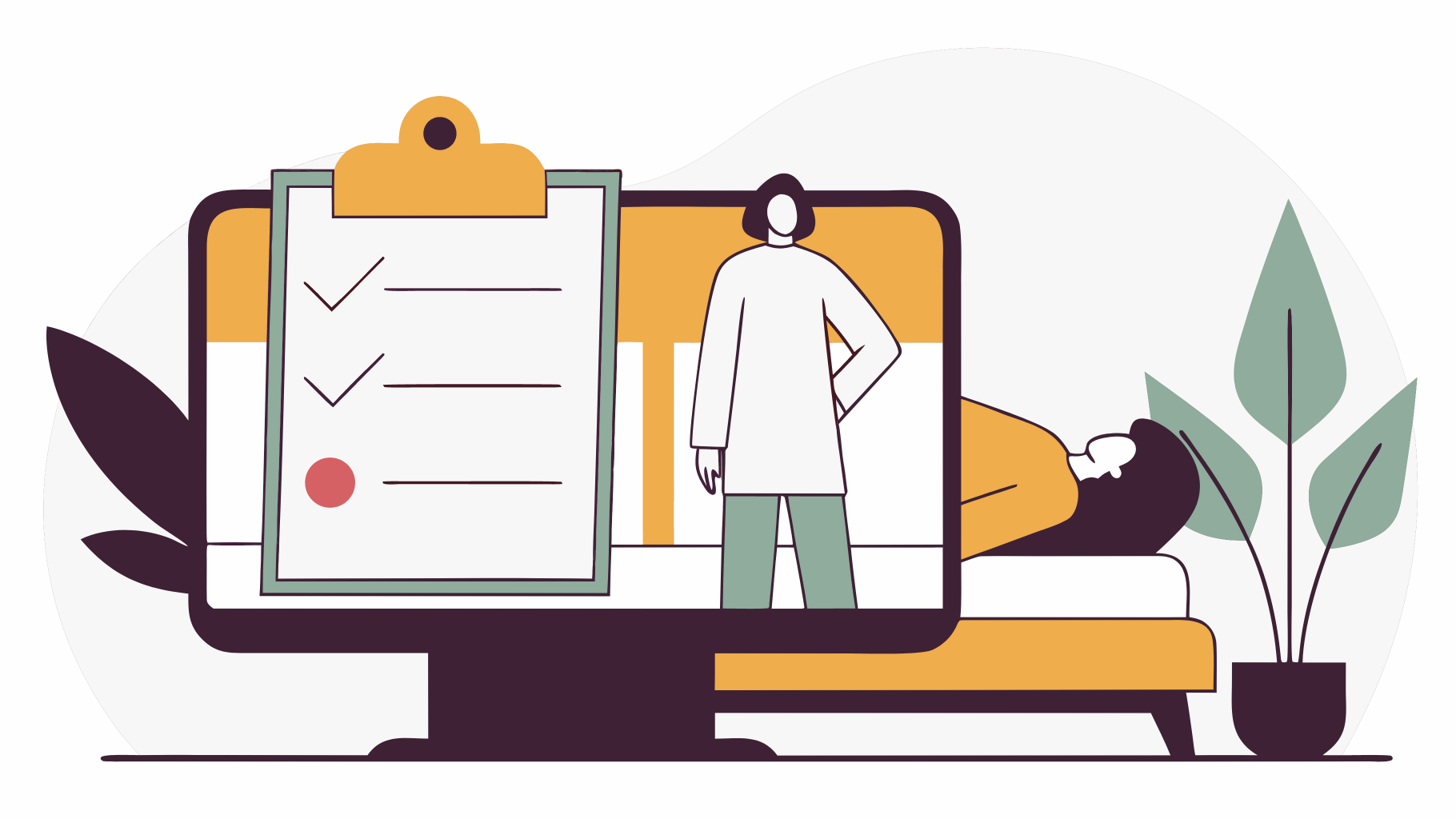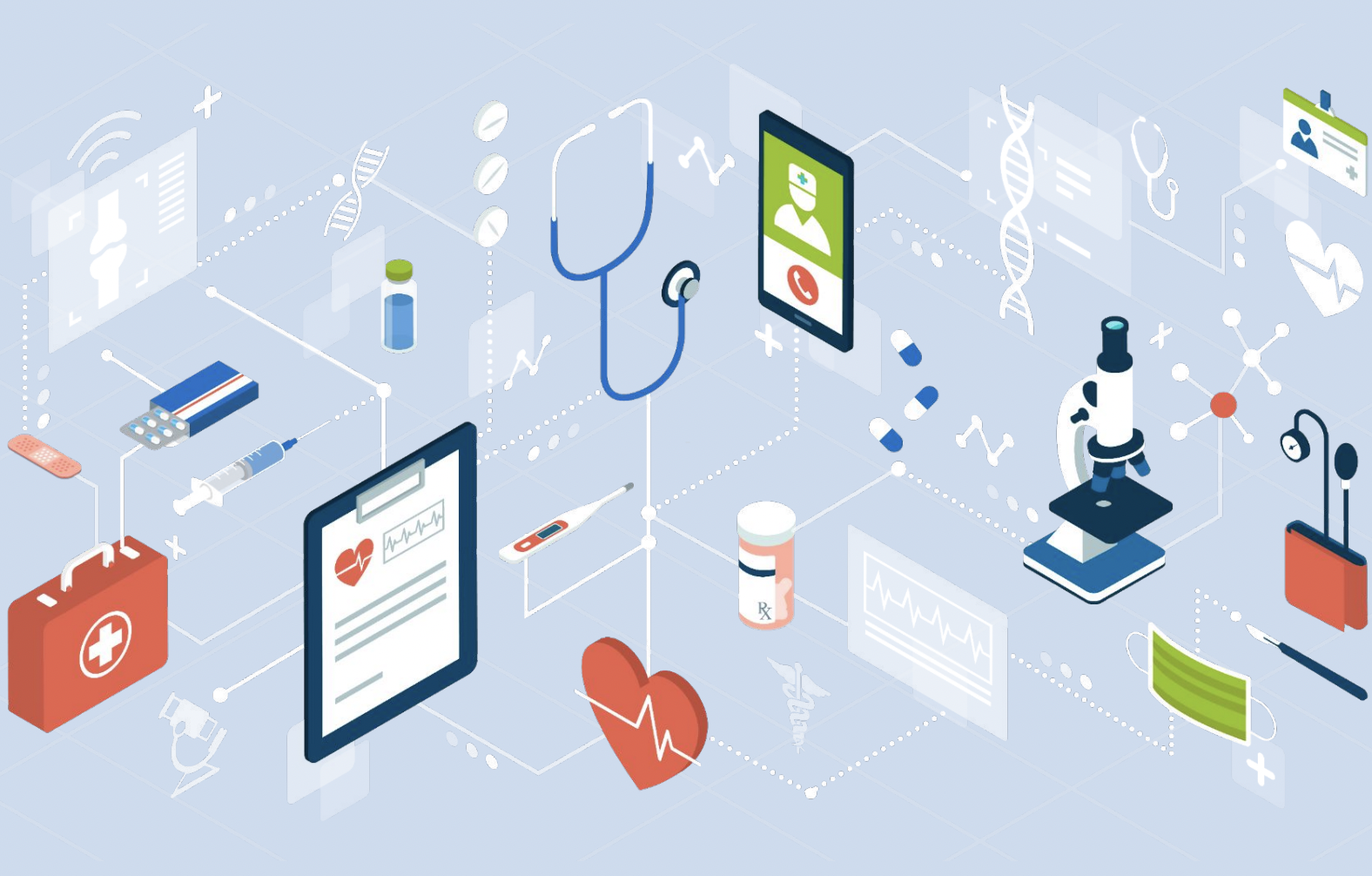Cardiology patients need more support than what can fit into an office visit. Hypertension doesn’t stabilize because the calendar says it should. Fluid retention doesn’t wait for scheduled follow-ups. AFib symptoms surface unpredictably, often at home and often at night. For cardiologists, these day-to-day changes pose real risk, yet most deterioration happens between visits when patients are on their own.
Remote Patient Monitoring (RPM), Chronic Care Management (CCM), and Principal Care Management (PCM) offer a powerful solution. They help cardiologists catch issues earlier, stabilize chronic conditions, reduce readmissions, and stay connected to patients when it matters most. They also generate predictable, recurring revenue that isn’t tied to visit volume, helping cardiology practices remain financially strong in an increasingly complex healthcare landscape.
But building and managing these programs internally isn’t easy. It requires daily monitoring, consistent communication, reliable documentation, flawless billing, and a team that can stay engaged with some of the highest-acuity patients in outpatient care. That level of execution is hard for any practice, especially small and mid-sized cardiology groups. It’s why many turn to turnkey partners that can extend their care model and absorb the operational lift.
Here are seven ways 1bios delivers results that matter for cardiologists and their patients.
1. Cardiovascular monitoring that catches deterioration early
General monitoring isn’t enough for cardiac patients. They need tailored oversight that reflects the complexity of CHF, AFib, hypertension, and post-discharge recovery.
Daily blood pressure, weight, heart rate, and rhythm trending give cardiologists and their teams continuous visibility into what’s happening at home. Early weight changes can flag fluid retention. BP spikes can identify risk long before symptoms escalate. Rhythm-related symptoms can be tracked and escalated to prevent patients from ending up in the ER for something preventable.
The protocols are specialty-specific, not generic. That’s what makes them work.
2. Proactive cardiac monitoring that catches worsening conditions early
CHF and AFib exacerbations often build quietly over days. The key isn’t just daily monitoring, but recognizing meaningful changes early enough to intervene.
A few examples of early detections that shift outcomes:
- Sudden weight gain indicating fluid buildup
- BP trends indicating medication adjustments are needed
- Symptom reporting tied to palpitations or shortness of breath
- Post-hospital recovery signals that warrant follow-up
Small early signs become clear when someone is watching closely. This reduces readmissions, improves stability, and gives patients confidence that someone is keeping an eye on them.
IN DEPTH: PCM powered by 1bios
3. Regular human touchpoints that keep cardiac patients engaged
Cardiology patients need ongoing support to stay adherent and stable. Regular communication from a U.S.-based care team helps patients remain engaged, informed, and confident.
These touchpoints strengthen:
- Medication adherence
- Diet and fluid management compliance
- Monitoring routines (daily weight, BP, symptoms)
- Trust and reassurance
Cardiac patients often feel anxious when symptoms fluctuate. Consistent communication reduces uncertainty and creates a steady rhythm of support that cardiology practices rarely have the capacity to provide on their own. This steady engagement helps patients stick with their care plans and gives cardiologists more reliable trends to guide long-term stability.
4. Symptom-driven AFib support that reduces patient anxiety
When patients feel an irregular rhythm, they worry. Many go straight to urgent care or the ER. Remote monitoring can help distinguish between concerning symptoms and routine fluctuations, reducing unnecessary visits and ensuring timely care for those who truly need it.
Symptom-driven check-ins, rhythm monitoring, and clear escalation pathways give cardiology teams quick visibility when something changes. Patients feel safer, and providers get the data they need to act quickly.
5. Specialty-designed cardiology care plans that improve patient outcomes
Effective remote care depends on having care plans that reflect real-world cardiology workflows. That means CHF, AFib, hypertension, and post-discharge protocols that are built with cardiologists and tailored to each patient’s needs.
Care plans align daily monitoring with:
- Diagnosis
- Risk level
- Medication profile
- Recent events (such as hospitalizations or medication changes)
This ensures that each patient receives the appropriate follow-up, support, and escalation. The plans aren’t generic templates. They’re specialty-designed frameworks that help improve outcomes across varied cardiac populations.
6. Stronger revenue stability through RPM, CCM, and PCM
Cardiology is uniquely suited for RPM, CCM, and PCM because many cardiac patients qualify for multiple codes based on their conditions and needs. These services create predictable monthly reimbursements that:
- Strengthen financial stability
- Reduce dependency on in-person visits
- Help offset rising staffing and operational costs
- Support long-term sustainability
For many cardiology groups, this recurring revenue helps stabilize the business while improving patient outcomes at the same time.
7. Turnkey support that lifts daily workload off cardiology teams
These results require consistent monitoring, daily outreach, documentation, and billing accuracy. For most cardiology clinics, taking all of that on internally isn’t realistic. That’s why the support model matters.
A strong turnkey partner handles:
- Enrollment
- Device setup
- Daily monitoring
- U.S.-based patient communication
- Documentation for compliance and billing
- Escalation workflows
- Reporting
With 1bios, clinics get a U.S.-based care team, AI-powered insights, and specialty-specific workflows that feel like a natural extension of the practice. It lets cardiologists deliver proactive, high-touch support without hiring additional staff or stretching their existing team.
Stronger outcomes and a more resilient cardiology practice
Cardiac patients need daily visibility and consistent support to stay stable. With the right partner, cardiologists can deliver that level of care without adding to their workload. The result is fewer readmissions, healthier patients, and a practice that’s more resilient and financially stable.
This is exactly what we’ve built at 1bios. Our turnkey cardiology programs deliver the monitoring, communication, and specialty-tailored workflows that help cardiac patients stay on track and help cardiology practices thrive.



